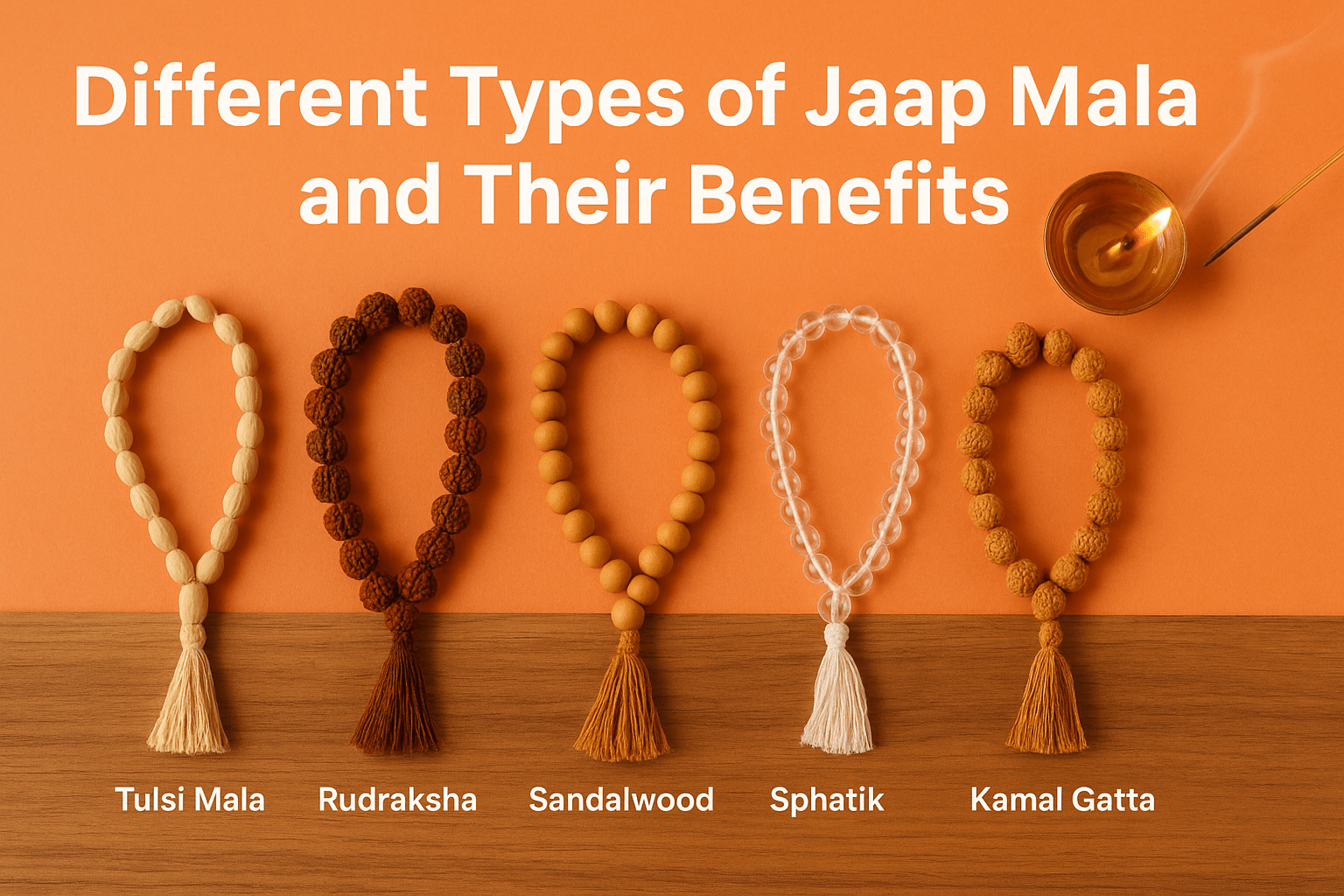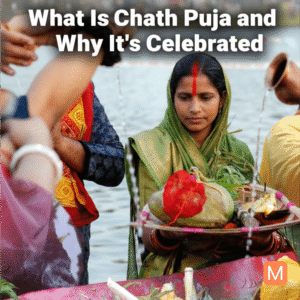Jaap Mala has been used for centuries as a sacred tool in mantra chanting, meditation, and prayer. Each bead in a mala carries spiritual energy, and the material of the mala influences its effect. That’s why different types of Jaap Mala exist – each serving a unique purpose in sadhna (spiritual practice). Whether it is Tulsi, Rudraksha, Sandalwood, Crystal, or Lotus Seed, every mala has its own spiritual significance and benefits.
In this blog, let’s explore the most popular types of Jaap Mala and their benefits so you can choose the right one for your devotion.
1. Tulsi Mala
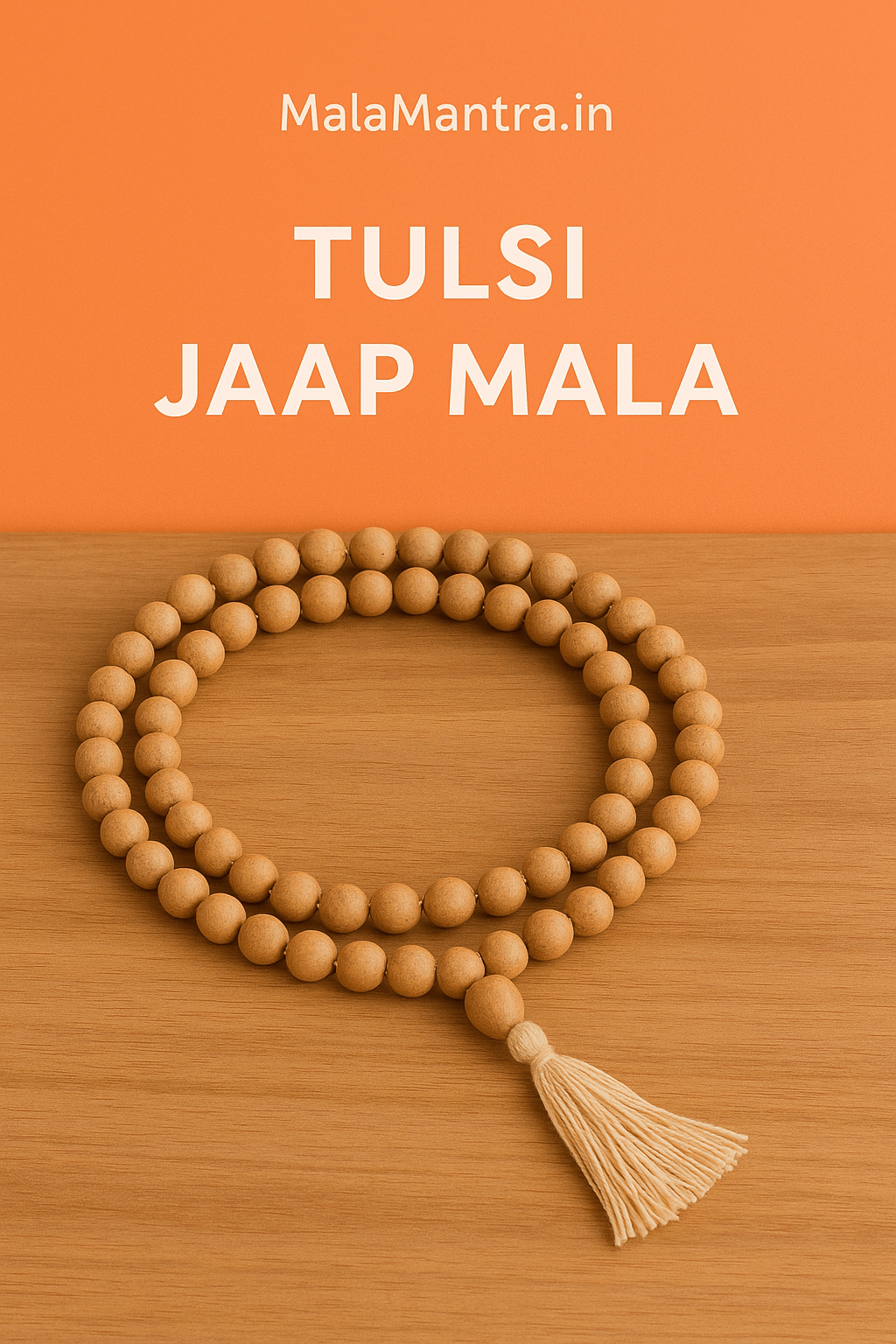
-
Spiritual Connection: Dedicated to Lord Krishna and Lord Vishnu.
-
Benefits: Wearing or chanting with Tulsi Mala purifies the mind and body. It helps in removing negative energy and increases devotion. Tulsi beads are believed to bring peace, protection, and spiritual growth.
-
Best For: Devotees of Shri Krishna, Radha, and Vishnu.
2. Rudraksha Mala
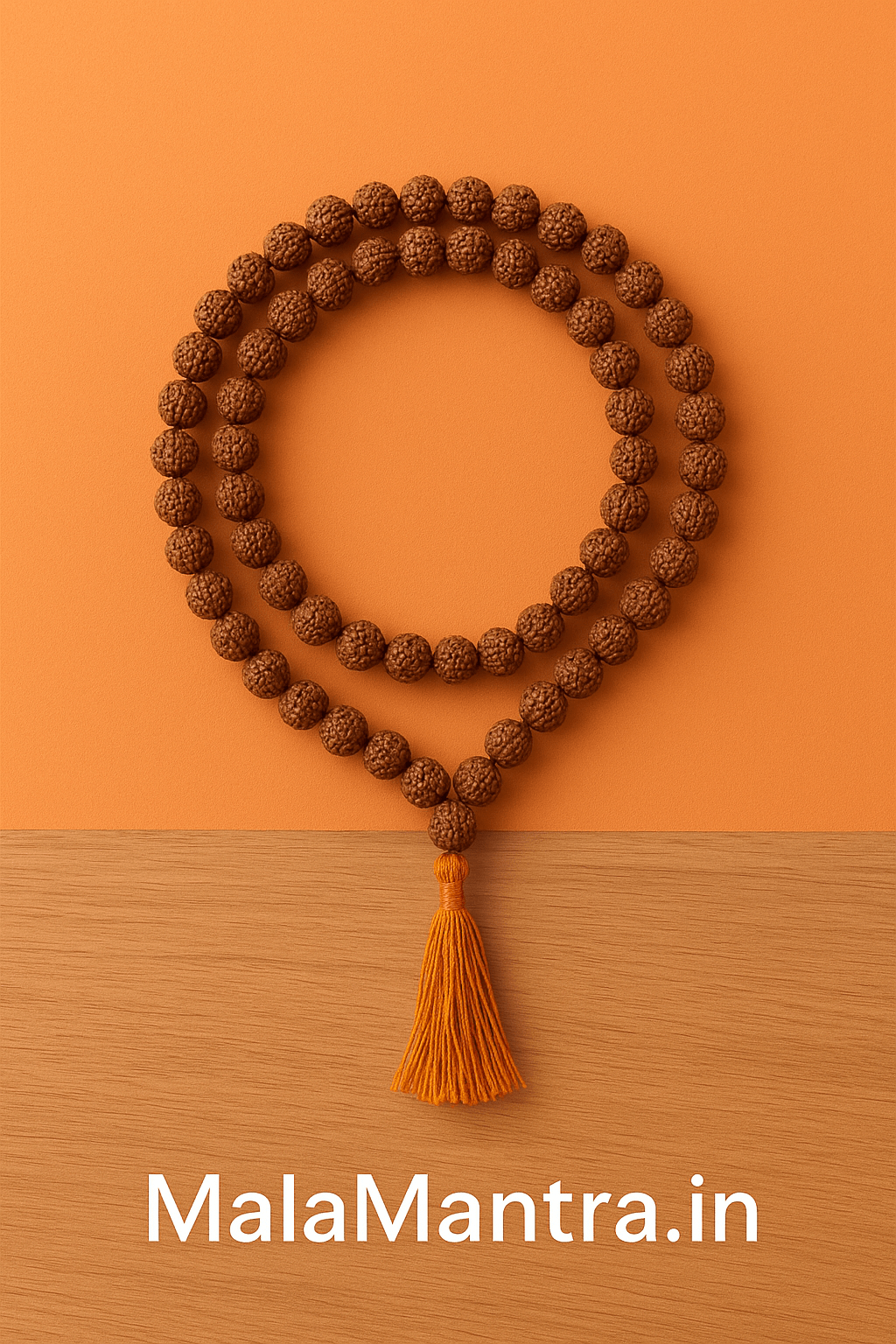
-
Spiritual Connection: Associated with Lord Shiva.
-
Benefits: Rudraksha beads are known to enhance spiritual power, reduce stress, and balance inner energy. They protect the wearer from negative influences and help in meditation.
-
Best For: Devotees of Lord Shiva, those seeking strength, health, and mental peace.
3. Sandalwood Mala
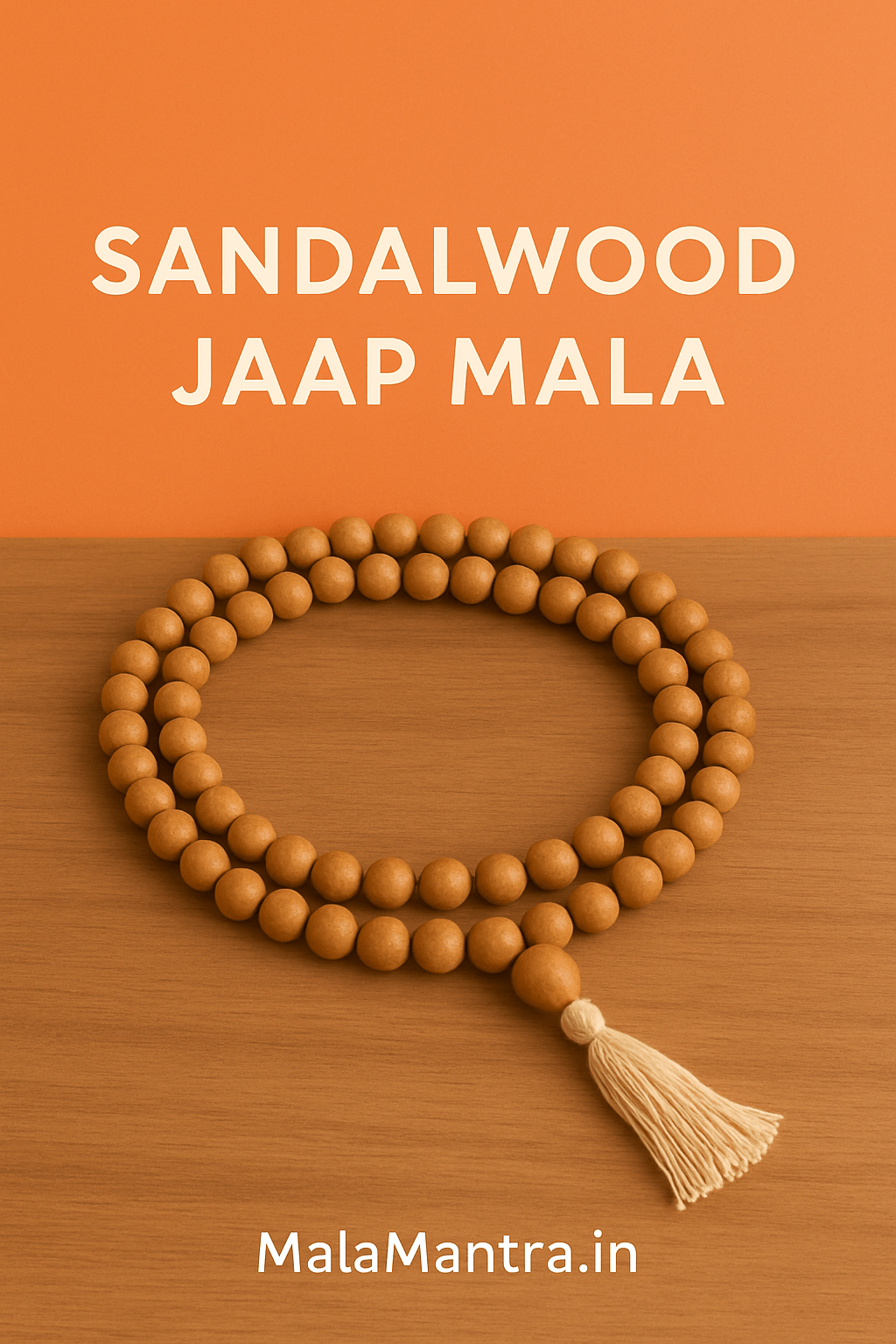
-
Spiritual Connection: Symbol of purity and calmness.
-
Benefits: Chanting with a sandalwood mala brings peace of mind, enhances focus, and reduces anxiety. The soothing fragrance of sandalwood also supports meditation and prayer.
-
Best For: Students, meditators, and anyone who wants a calm and focused mind.
4. Crystal (Sphatik) Mala
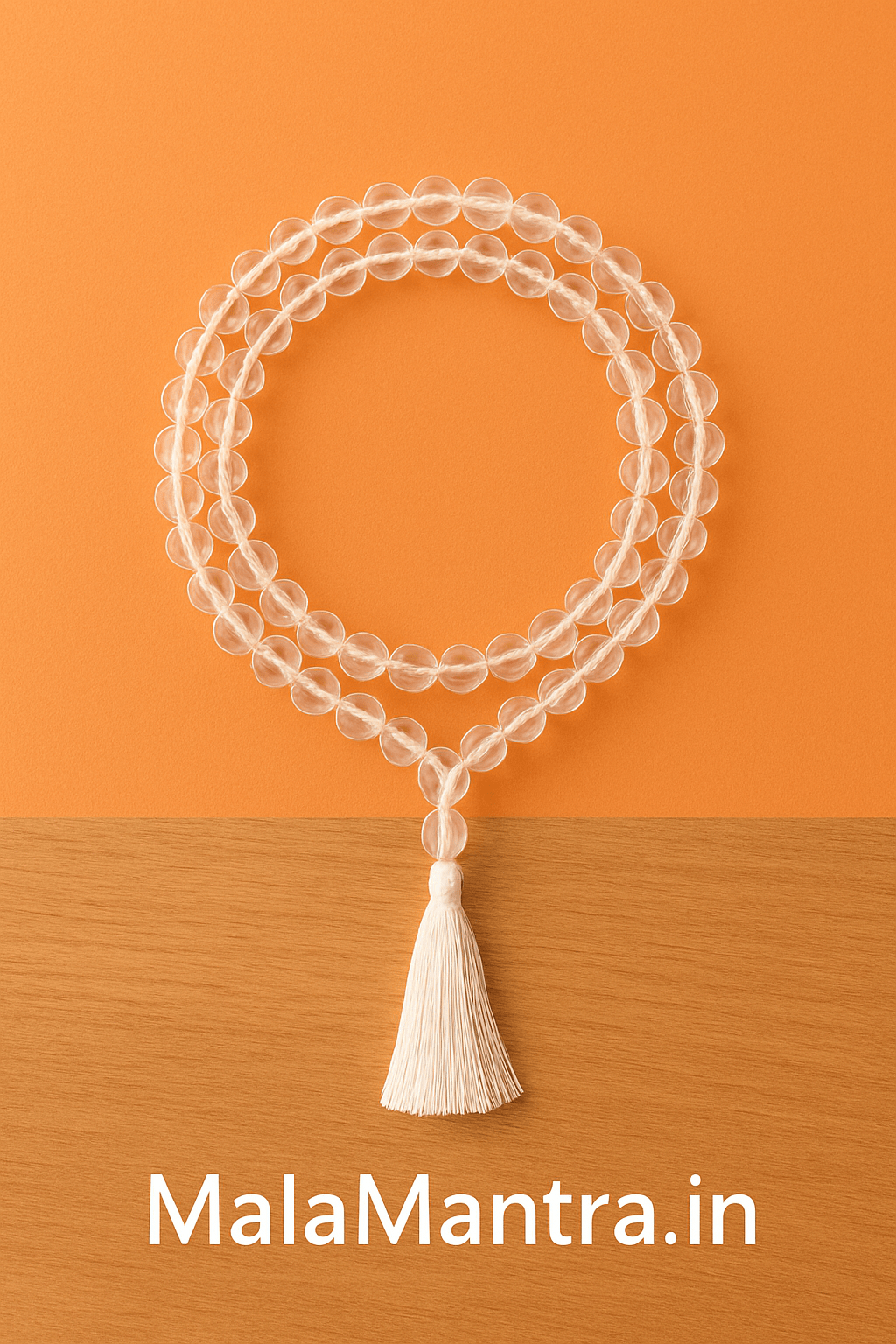
-
Spiritual Connection: Known for energy balance and clarity.
-
Benefits: Sphatik Mala cools the mind, reduces stress, and harmonizes energy. It is believed to attract positive vibrations and remove negativity.
-
Best For: People looking for clarity, peace, and healing energy.
5. Lotus Seed Mala (Kamal Gatta Mala)
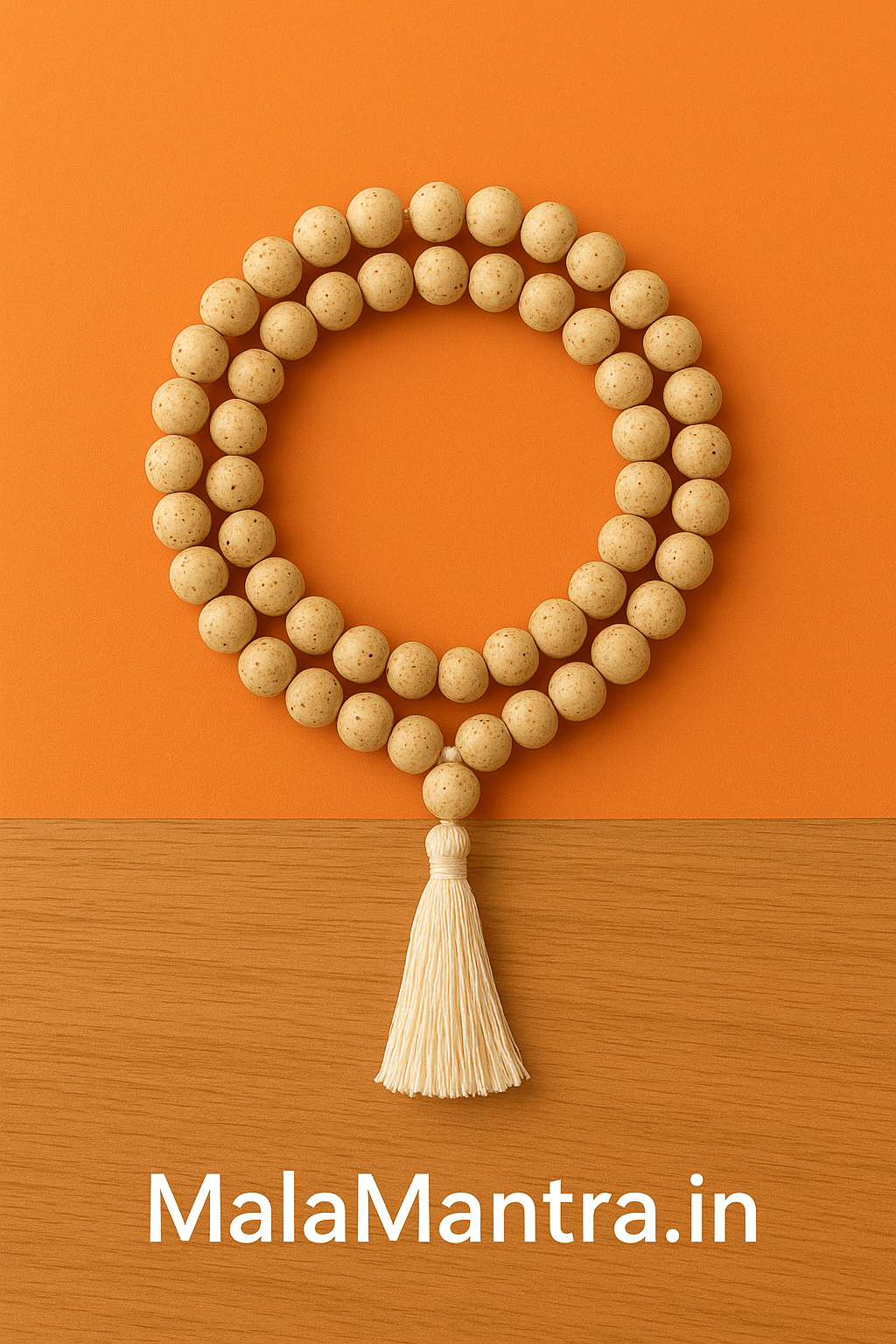
-
Spiritual Connection: Associated with Goddess Lakshmi.
-
Benefits: Chanting with a Kamal Gatta Mala is believed to bring prosperity, wealth, and good fortune. It also deepens devotion towards Goddess Lakshmi and Lord Vishnu.
-
Best For: Those praying for prosperity, success in life, and spiritual blessings.
Conclusion
Every Jaap Mala has its unique power and significance. If your devotion is towards Krishna, choose Tulsi Mala. For Shiva bhakts, Rudraksha Mala is best. For peace and focus, Sandalwood Mala works beautifully. If you want energy balance, go for Sphatik Mala. And for prosperity, Kamal Gatta Mala is ideal.
The right mala can make your sadhna more powerful and bring you closer to your spiritual goals.
FAQs on Jaap Mala
Q1. Which Jaap Mala is best for daily chanting?
If your devotion is towards Lord Krishna, Tulsi Mala is best. For Shiva devotees, Rudraksha Mala is recommended. For general meditation, Sandalwood or Sphatik Mala can be used.
Q2. Can we wear Jaap Mala all the time?
Yes, but it depends on the type of mala. Tulsi and Rudraksha malas are often worn, while Sphatik and Sandalwood malas are mainly used for chanting and meditation. Always keep the mala clean and respect it.
Q3. Can girls wear Tulsi Mala?
Yes, Tulsi Mala can be worn by both men and women. It is considered auspicious and helps in devotion to Lord Krishna and Vishnu.
Q4. How many beads are there in a Jaap Mala?
Most malas have 108 beads plus one additional bead called the “Meru” or “Guru bead,” which is not counted while chanting.
Q5. Which Jaap Mala is good for prosperity?
Kamal Gatta Mala (Lotus Seed Mala) is especially connected with Goddess Lakshmi and is believed to attract wealth and good fortune.
Q6. How do I purify a new Jaap Mala before use?
You can keep the mala on your home altar, chant the mantra you intend to use it for, and offer incense or flowers. This energizes and purifies the mala for spiritual practice.

